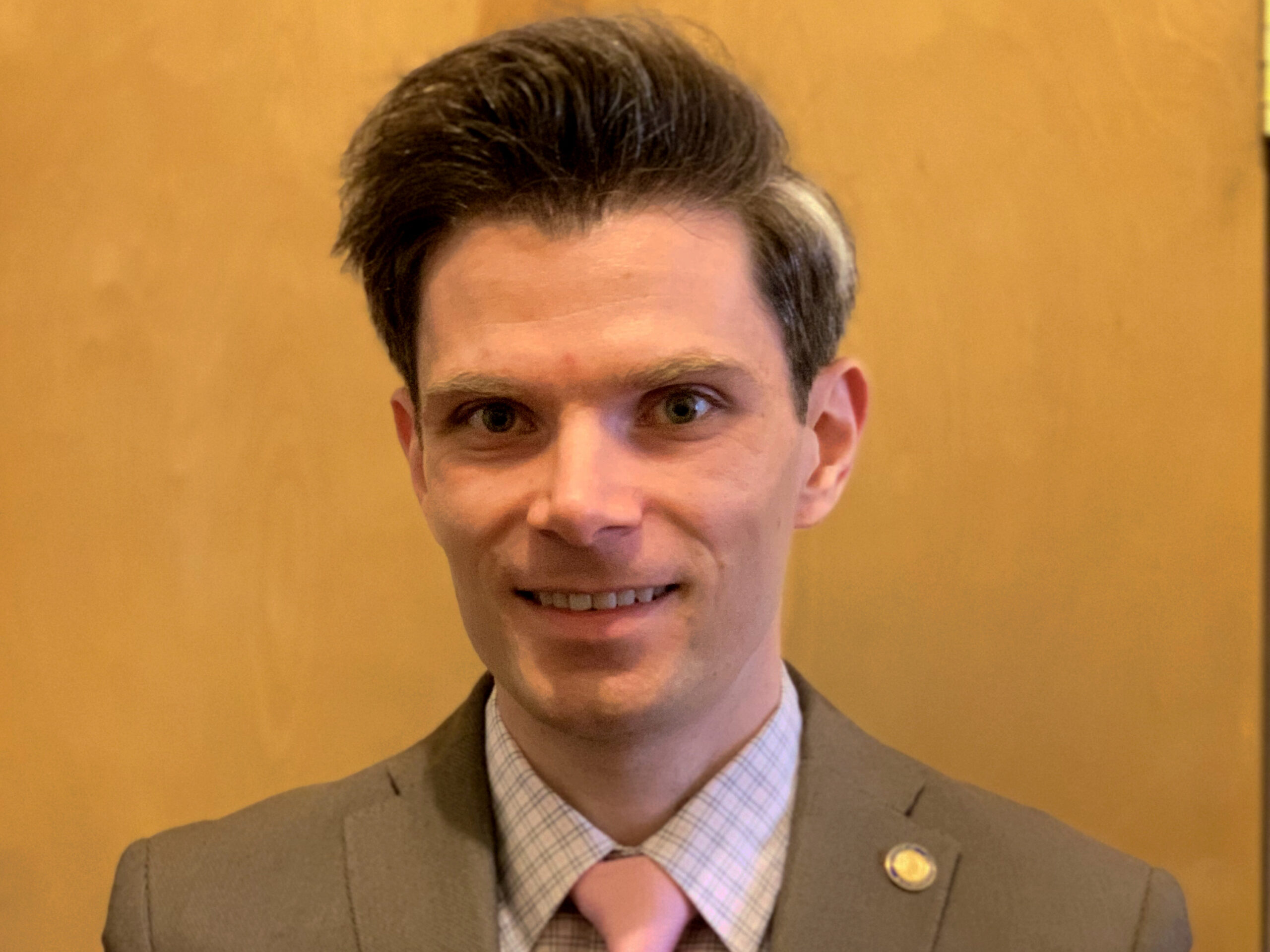By Steve Wishnia
NEW YORK, N.Y.—“It is easier to produce content. It is easier to post content. It is easier to get eyeballs for content,” says John K. Painting, recently promoted to director of the American Federation of Musicians’ Electronic Media Services Department.

But getting musicians paid for their work in the era of streaming and digital video is a lot more “nebulous,” he adds. Digital media have blurred the traditional distinction between live performance and recorded music. Now, virtually all live performances are filmed, such as venues live-streaming or just archiving the video, even if “they don’t know what they’re going to do with it,” says Painting.
“You don’t want employers to think this stuff is free,” he says.
But the union tries to be flexible, he adds. There’s a big gap between commercial platforms like Netflix and Hulu and an amateur posting a cell-phone video on YouTube.
Streaming is a major issue. It has swung the pendulum back towards paying musicians, Painting says, after Napster and other pirate-downloading apps decimated record sales 20 years ago, but it pays a lot less than record sales: 0.03 cents each time a song is played.
The AFM’s streaming contracts are complicated. For “non-interactive” apps where the user can’t choose what is played, such as free Pandora, money is collected through copyright. They pay 5% to a fund run by the AFM and SAG-AFTRA for “non-featured players such as backup musicians. For interactive apps such as Spotify and Apple Music, the union bargains with record labels. The payments are small, but as Spotify has more than 180 million paying subscribers, they can add up, Painting says.
The AFM is also lobbying Congress to pass the American Music Fair Pricing Act, a bill that would require broadcast radio stations to pay musicians when they play their records on the air. “Terrestrial radio” has never paid artists anything, Painting says; only songwriters and music-publishing companies get anything for airplay.
Painting, who succeeded the late Pat Varriale in June, says he didn’t plan to specialize in this field. He’s not a musician, but when he got a job in AFM Local 802‘s electronic media department in 2011, he quickly found that his background in math and science enabled him to understand details that others found too complicated. He moved to the national union in 2019.
He says his priorities now are “enforcement, education, and expansion”: Enforcing contracts; educating members about their rights beyond what they know from their immediate gig; and expanding by organizing other parts of the industry.
Another challenge is that “it can be hard to get ahead of new technology.” The sheer speed of change in electronic media means that technology and business model a three-year contract is written to deal with might become obsolete before it expires.
Musicians are often overwhelmed by “the sheer magnitude of the ways” content is now distributed,” he says. But “if there’s a camera in your face, you need to tell somebody about that.”






